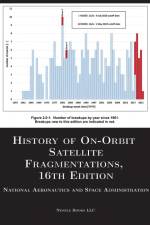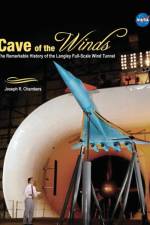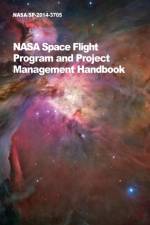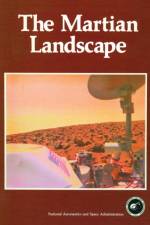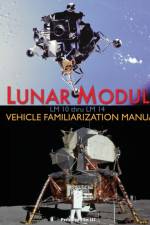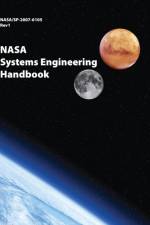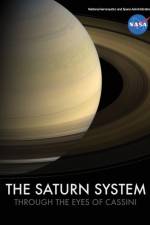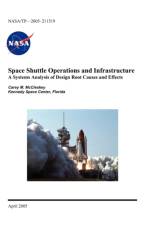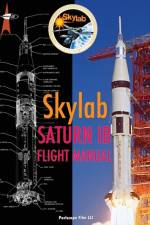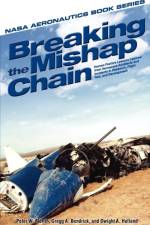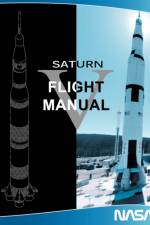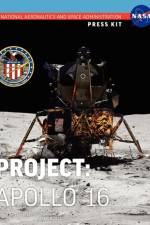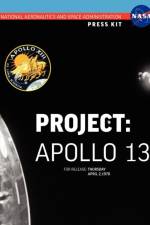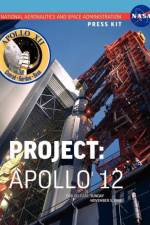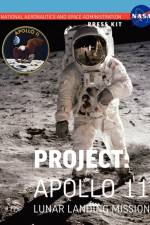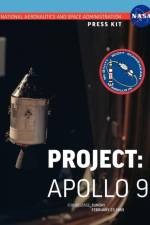von NASA
182,00 €
The first edition of the History of On-orbit Satellite Fragmentations was published by Teledyne Brown Engineering in August 1984 under the sponsorship of the NASA Johnson Space Center and with the cooperation of the U.S. Air Force Space Command and the U.S. Army Ballistic Missile Command. The objective was to bring together information about the 75 satellites, which had, at that time, experienced noticeable breakups. This update encompasses all known satellite fragmentations and was first published by the NASA Johnson Space Center's Orbital Debris Program Office (ODPO).AI summary:The document provides a comprehensive overview of various space debris events and their characteristics, serving as a useful resource for those interested in the topic. It covers events from 1991 to 2022, involving satellites and rocket bodies from different countries, including Transit 5B-2, Elektron 1, OPS 4412 (Transit 9), Cosmos 44 R/B, OPS 4988 (GREB 6), OPS 4682 (Snapshot), and OPS 8480 (Transit 5B-6). The document includes information on the type of satellite or rocket body involved in each event, including details on its size, shape, and major appendages, as well as information on the attitude control of each object.The document provides a history of satellite aerodynamic events, including launch dates, breakup dates, reentry dates, and additional information for various satellites. The information is presented in a table format, with each row representing a different satellite or debris object. The table includes details such as the satellite name, international designator, launch date, breakup date, reentry date, debris cataloged, apogee, perigee, inclination, and additional information.The document also discusses the RORSAT program, which involved Soviet satellites with nuclear reactors that were ejected into a higher storage orbit, resulting in the venting of sodium-potassium coolant. The document provides a list of coolant objects cataloged as of May 2022. The document also discusses spurious associations with fragmentation events and the importance of conducting analyses with complete satellite element set data.Overall, the document provides a comprehensive overview of various space debris events and their impact on space exploration and satellite operations. It serves as a reminder of the need for continued research and development to address the challenges posed by space debris and other anomalies.This book is annotated by Nimble AI and includes a Foreword by Cincinnatus [AI] a variety of pithy, opinionated abstracts including scientific style, tldr, tldr one word, Explain It to Me Like I'm Five Years Old, and Action Items; tools for viewpoint diversity such as Dissents, Red Team Critiques, and MAGA Perspectives; and a recursive summary with synopsis.




